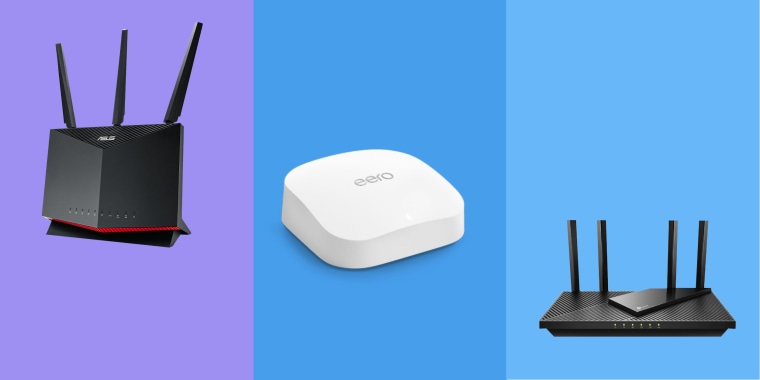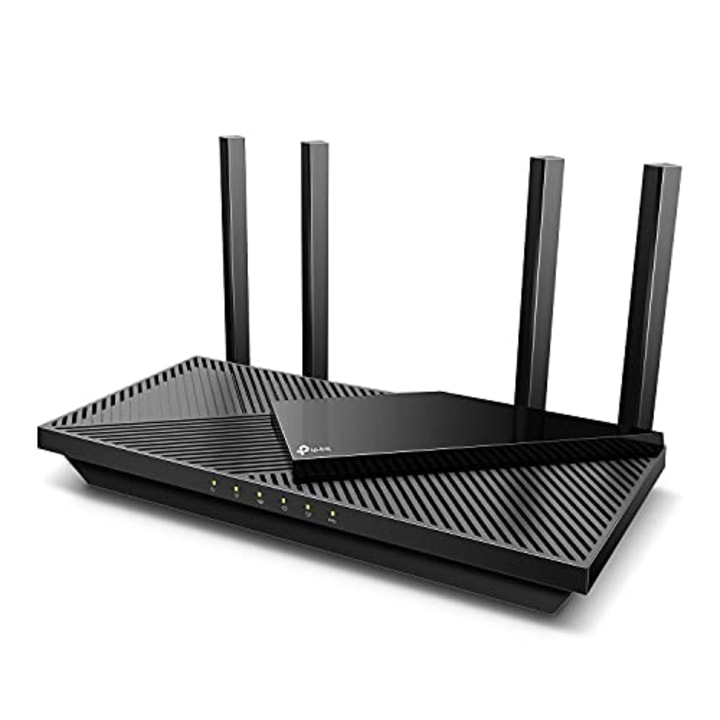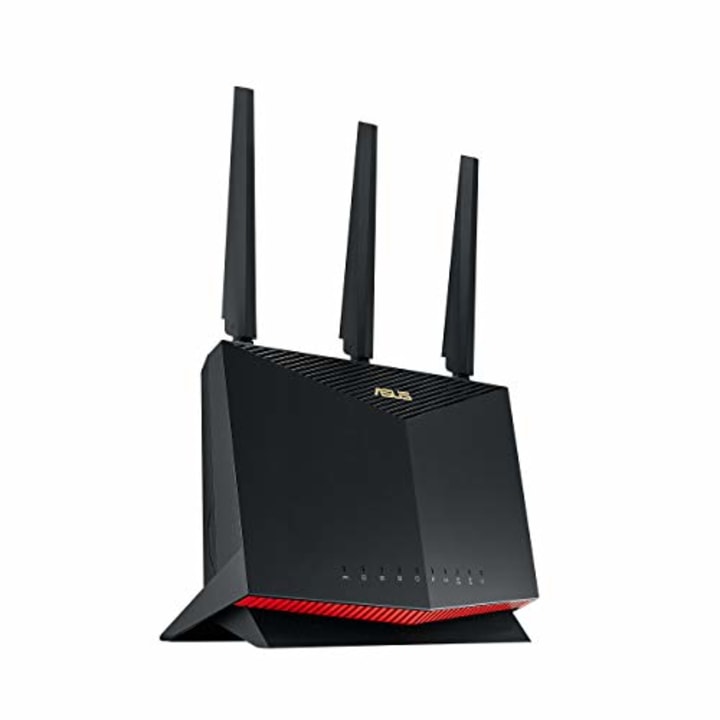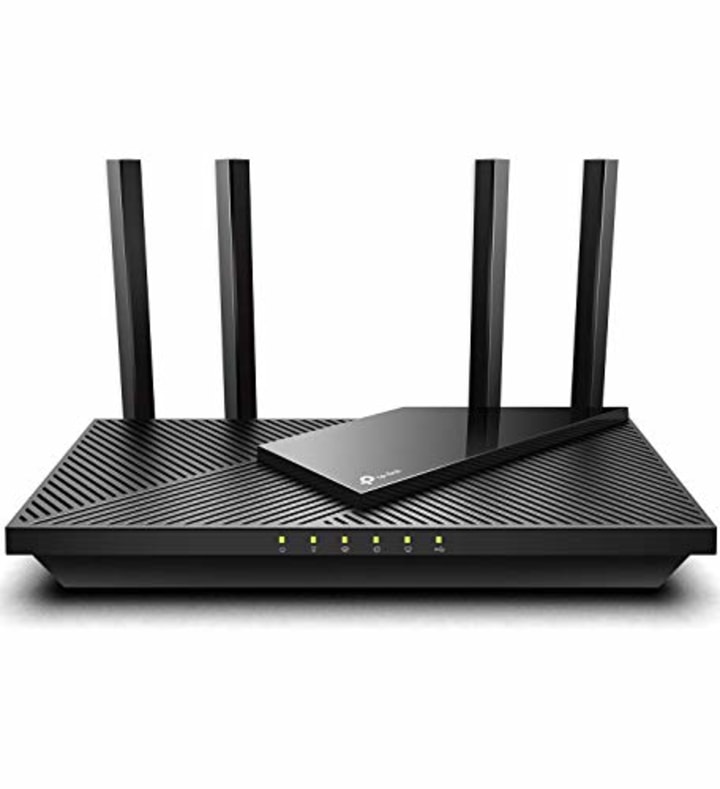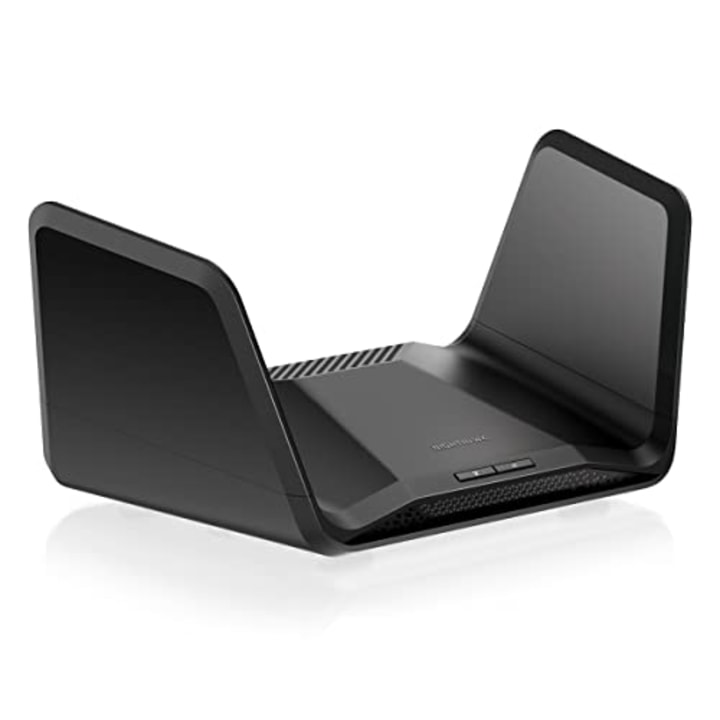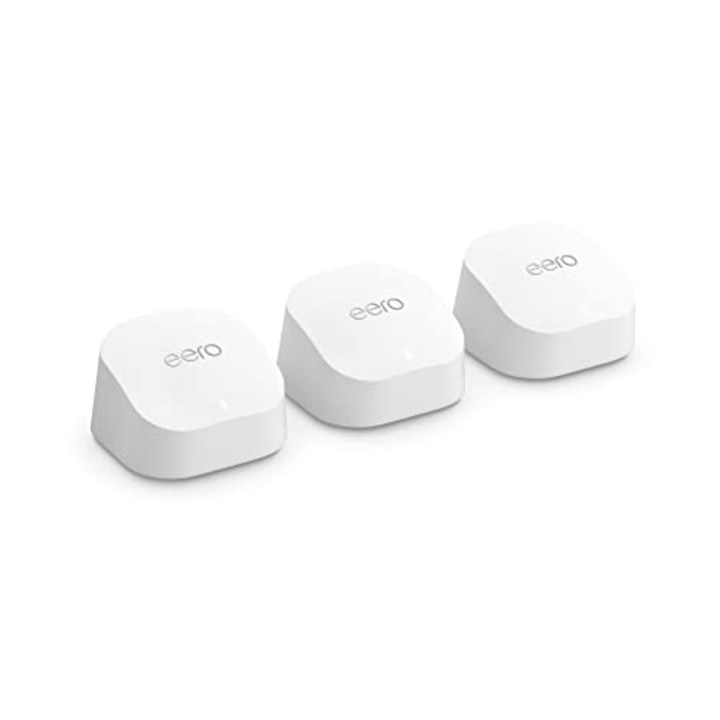Whether you are working from home or streaming the latest dragon-filled fantasy TV, you need a fast, stable Wi-Fi connection. If it has been a few years since you’ve looked into Wi-Fi routers, you’ll find plenty of new innovations, like tri-band, Wi-Fi 6E and mesh Wi-Fi networks. All of these new features can help you get a faster, more stable connection in the right circumstances.
That’s why we spoke with Wi-Fi and networking experts — to help break down the latest in Wi-Fi tech, internet speed and more. We put their expertise to work and rounded up top-rated Wi-Fi routers for your home. If you haven’t upgraded your router in a few years, read on for tips and guidance.
SKIP AHEAD Top-rated Wi-Fi routers in 2024 | Frequently asked questions about Wi-Fi routers
How to choose the best Wi-Fi router
All Wi-Fi routers spread the internet connection you receive from your wired internet modem across the rest of your house for all your devices to use. The newest routers have tons of specs and features that help spread that internet connection faster, further and more reliably than ever. Below are a few key features to look for in a new Wi-Fi router.
Dual-band and tri-band
Dual-band and tri-band Wi-Fi routers offer multiple radio band signals for your devices to connect to.
Dual-band offers a 2.4Ghz band and a 5Ghz band. “Generally, 2.4Ghz is slower but covers more distance, while 5Ghz is faster but covers shorter distances, kind of like AM/FM radio,” said Nicholas De Leon, a senior technology reporter at Consumer Reports.
Tri-band is newer and adds a third radio band to connect to, either a second 5Ghz band or a new 6Ghz band. Spreading your devices across multiple bands can lead to better performance, according to Tom Carpenter, the CTO of Certified Wireless Network Professionals, a vendor-neutral wireless certification program
Our experts recommended a Wi-Fi router with at least dual-band capabilities.
Wi-Fi 6 and Wi-Fi 6E
Wi-Fi 6 (sometimes called 802.11ax) is the current standard for Wi-Fi connectivity. It offers improved speeds and reliability compared to Wi-Fi 5, especially for households with lots of connected devices. Wi-Fi 6E (the E means extended) adds a 6Ghz band and may be helpful for those living in “congested spaces such as apartment buildings, complexes and close-proximity residential neighborhoods,” according to Carpenter.
Our experts recommended a Wi-Fi 6 router but advised checking to make sure all your devices support Wi-Fi 6 so you can leverage the technology.
Mesh router systems
A mesh Wi-Fi router system spreads stable Wi-Fi far and wide by having multiple pieces of equipment sending out signals instead of just one. “It's sort of like a more advanced version of a Wi-Fi extender,” said De Leon.
“Mesh Wi-Fi is great for large houses, when you want coverage outside or when you have external buildings that you want covered,” said Carpenter.
Top-rated Wi-Fi routers in 2024
After speaking with experts, we used their advice to round up a few top-reviewed Wi-Fi routers to consider. We included a range of simple and powerful Wi-Fi routers, so that, regardless of your living space, you can find a router tailored to your needs.
Best overall: TP-Link
TP-Link Archer AX55
The TP-Link Archer AX55 balances price and performance nicely, making it a top pick for most medium-sized homes. It is a dual-band Wi-Fi 6 router with good speeds and top reviews from consumers and critics alike. You can also sync the Archer AX55 with Amazon Alexa, according to the brand. I have used TP-Link Wi-Fi routers for years, and they are generally easy to set up, reliable and offer some complex features for those that like to tinker.
Using Wi-Fi 6, the 5GHz band has a top speed of 2402 Mbps, while the 2.4Ghz band offers up to 574 Mbps, according to the brand.
Best high-end: Asus
ASUS RT-AX86U
If your household entertainment includes a lot of 4K streaming and online gaming, this Wi-Fi router from ASUS has extra speed and features compared to our overall pick. It’s a high-end dual-band Wi-Fi 6 router aimed at gamers and power-users. As such, it features ample wired connectivity options, including a prioritized 2.5G WAN/LAN port that gamers will find appealing for maximum speed and reliability.
Using Wi-Fi 6, the 5GHz band has a top speed of 4804 Mbps, while the 2.4Ghz band has a top speed of up to 861 Mbps, according to the brand.
Best affordable: TP-Link
TP Link Archer AX21
Folks living alone or in a household with only a few devices might not need the range or speeds offered by high-end routers. The TP-Link Archer AX21 offers many of the same features as our top pick, the AX55, but at a reduced price. It’s a dual-band Wi-Fi 6 router with wired LAN ports, four antennas and Alexa support, just like the AX55. But at a reduced price of under $100, it's more affordable, albeit with slower top speeds.
Using Wi-Fi 6, the 5GHz band has a top speed of 1201 Mbps, while the 2.4Ghz band offers up to 574 Mbps, according to the brand.
For Wi-Fi 6E: Netgear
Netgear Nighthawk RAXE300
Wi-Fi 6E is best for households with dozens of devices that need high-speed connectivity. The Nighthawk RAXE300 from Netgear is a tri-band Wi-Fi 6E router with high speeds and far range. Tri-band technology means you can spread your device connectivity across 2.4GHz, 5Ghz and 6Ghz, leading to better performance across all devices, according to the brand. Like our other top picks, it comes with plenty of wired LAN ports, Alexa and Google Assistant support and more.
Using Wi-Fi 6E, the 6GHz band has a top speed of 2400 Mbps, the 5GHz band has a top speed of 4800 Mbps, and the 2.4Ghz band offers up to 600 Mbps, according to the brand.
Best mesh system: Eero
Amazon Eero 6+ Mesh Wi-Fi System
Mesh Wi-Fi systems are well suited for large homes that need stable coverage across multiple floors and outdoor spaces. The Eero 6+ Mesh system from Amazon is a top-rated dual-band Wi-Fi 6 system that can cover a 4,500-square-foot area, according to the brand. Setup is done through the Eero mobile app, and the system works with Alexa and Zigbee, making it a good fit for heavy smart home users.
Using Wi-Fi 6, the system has a top speed of 1000Mbps on either band, according to the brand.
Frequently asked questions about Wi-Fi routers
Wi-Fi routers are essential to our daily lives. Yet we only really pay attention to them when they’re not working. Our experts helped to answer some of the more common questions and misunderstandings about Wi-Fi routers.
Do I need to buy my own Wi-Fi router? Can’t I rent one from my ISP?
You can actually rent a Wi-Fi router from your internet service provider (ISP). ISPs like Comcast, Verizon and Spectrum all offer routers to their customers. However, our experts recommended buying your own Wi-Fi router instead. “When consumers select their own Wi-Fi router, they get the advantage of the latest Wi-Fi features and often advanced capabilities (such as parental controls) that are frequently missing from either renting one or using the built-in Wi-Fi capabilities of the Internet provider's device,” said Carpenter
Not only can you get the latest features but you’ll save money in the long run, said De Leon. “That's because ISPs usually charge a rental fee in order to use their equipment,” he said.
Does having a better Wi-Fi router make my internet faster?
Short answer: It depends. Our experts informed us that the first consideration for internet speed is your ISP, not your equipment. If you are paying your ISP for a 200Mbps connection, no matter how advanced your equipment is, you are capped out at 200Mbps.
Outside of your ISP, your internet speed is determined by a variety of factors, including your equipment, your location in the house and even the time of day, our experts told us. But the most important factors are your internet modem, your Wi-Fi router and your ISP. Make sure all three are targeting similar speeds to avoid bottlenecks.
Meet our experts
At Select, we work with experts who have specialized knowledge and authority based on relevant training and/or experience. We also take steps to ensure that all expert advice and recommendations are made independently and with no undisclosed financial conflicts of interest.
Tom Carpenter is the chief technology officer (CTO) of Certified Wireless Network Professionals, a vendor-neutral wireless certification program.
Nicholas De Leon is a senior technology reporter at Consumer Reports.
Catch up on Select's in-depth coverage of personal finance, tech and tools, wellness and more, and follow us on Facebook, Instagram and Twitter to stay up to date.
